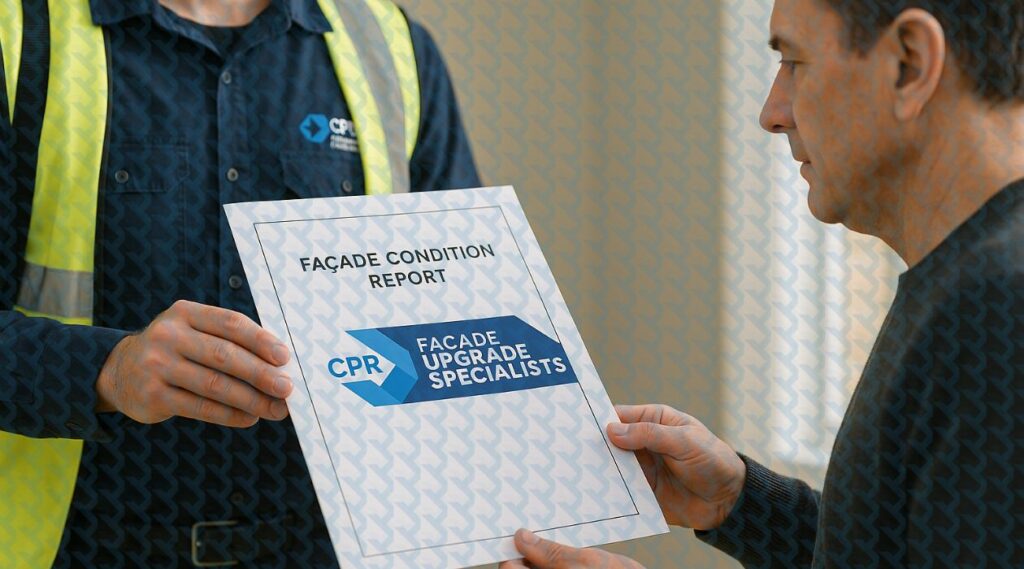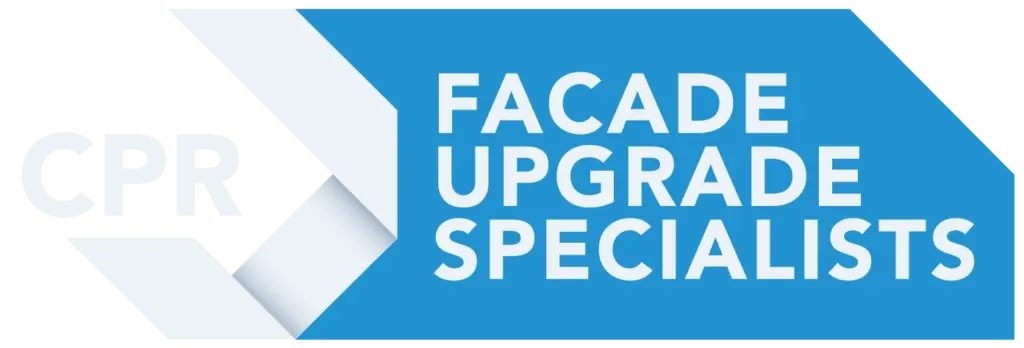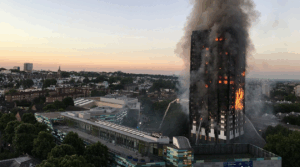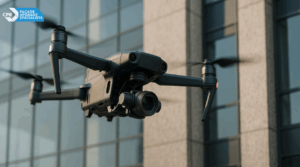Struggling to make sense of your building’s façade report? You’re not alone. A façade condition report is a powerful tool for strata owners—but only if it’s clearly understood and followed up with the right actions. Schedule your Scaffold-Free™ inspection now with CPR—Sydney’s trusted name in façade remediation.
What Is a Façade Condition Report and Why Does It Matter?
A façade condition report is a professional assessment detailing the current state of your building’s exterior walls. It identifies visual and structural defects, evaluates safety and compliance risks, and offers a maintenance or repair strategy.
In NSW, especially for Class 2 strata buildings, these reports are becoming a regulatory norm and an essential part of:
- Strata property maintenance planning in Sydney
- Annual façade inspection requirements under NSW legislation
- Long-term asset protection and valuation
- Insurance and remedial budgeting
Understanding building façade reports is a core responsibility for every active strata committee.
What Your Façade Report Should Include
Whether delivered by CPR or another qualified provider, a high-quality Sydney façade condition report should contain:
- An executive summary of building age, exposure, materials, and recent history
- Drone and rope-access photos highlighting surface and elevated issues
- Defect classification by type (e.g. spalling, cracking, efflorescence, sealant failure)
- A grid-based map of external wall conditions
- Urgency ratings for each defect with remediation recommendations
- Notes on previous patchwork or workmanship concerns
Our reports are designed for clarity—with visuals, simple language, and no unnecessary jargon.
Common Issues Found in Sydney Strata Façade Reports
Many buildings share recurring issues, particularly those built before the 2000s or exposed to coastal conditions. The most frequent include:
- Concrete spalling and steel corrosion
- Hairline render cracks and mortar decay
- Efflorescence (white salt streaks)
- Water ingress and moisture-tracking
- Deteriorated sealant joints and caulking failures
Understanding these symptoms helps strata committees separate cosmetic wear from critical structural threats.
How CPR Inspects Strata Façades—Without Scaffolding
Our inspections are powered by patented Scaffold-Free™ technologies designed for minimal disruption and maximum accuracy:
- MARS™ and Upseiling®: Secure vertical access for high-detail rope-based inspections
- PEARS® + SkyPod®: External workstations for close-up testing and diagnosis
- SFS360®: A full 360-degree mapping system for detailed defect cataloguing
- SE2EPC®: Our end-to-end care system to translate reports into structured project plans
We deliver unobtrusive, certified assessments for even the most difficult-to-access buildings.
What to Do After You Receive the Report

A façade condition report is only useful when acted upon. CPR helps strata committees:
- Prioritise repairs based on severity and urgency
- Budget and plan multi-year façade maintenance
- Present clear reports to owners for levy approvals
- Coordinate full remediation with licensed trades and engineers
We also offer maintenance partnerships for ongoing preventative care and future compliance.
FAQs About Sydney Façade Reports for Strata Owners
What is the legal requirement for façade inspections in NSW?
While not mandatory for all buildings, Class 2 strata properties are increasingly encouraged to undertake annual inspections under evolving compliance frameworks.
How often should façade reports be updated?
At least every 12 months or after major weather events or building works.
Can CPR help interpret and explain our report?
Yes. We provide walkthroughs for committees and strata managers to ensure full understanding.
What are the consequences of ignoring the report?
Delaying action can lead to costly structural failures, insurance rejections, and safety risks.
Who covers the cost?
The owners corporation typically pays for the report as part of annual maintenance obligations.
Take Control of Your Building’s External Condition
Your Sydney façade condition report shouldn’t sit on a shelf. It should empower your committee to protect value, ensure safety, and stay compliant.Book your next scaffold-free inspection with CPR—because the cost of waiting is always higher.






